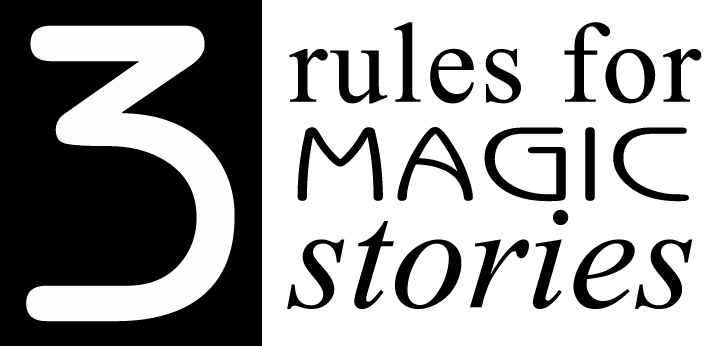After my book Card Stories came out, it happened occasionally that magician friends — card handlers — asked me about it. The conversation usually went something like this.
Friend: “Card Stories — what’s it about?”
Me: “It’s about framing card magic with story presentations.”
Friend: “Sounds good, but stories aren’t for me. I prefer to entertain with just straight magic. I find stories boring.”
Me, nodding: “I see.” A pause, then: “Say…”
Friend: “Yes?”
Me: “Do you ever do the Cannibal Cards trick?”
Friend: “Oh, yeah! I do it all the time, it plays GREAT!”
Me: “Uh huh.”
(In case you don’t know it, Lin Searles’s ‘Cannibal Cards’ plot is a brilliant and highly entertaining piece of magic presented with a story about cannibals who eat missionaries. Numerous variations exist; here are a few: https://www.youtube.com/results?search_query=cannibal+cards. There’s also a version in Card Stories, ‘The Cannibals and the Witch Doctor’.)
To be fair, my card-handling friends aren’t entirely wrong. Chances are that they had seen, or at least read in the older literature, some of those long, drawn out mathematical tricks presented with long, drawn out stories. Perhaps those tricks were entertaining in their time, but today, they are, indeed, rather boring. The stories are rarely compelling enough to draw the audience in, very little or nothing happens during most of the performance, and the climax is rarely stunning, or even particularly magical.
This is exactly what led me to write Card Stories. With very few exceptions — ‘Cannibal Cards’ being one — story presentations were used only with mathematical or self-working tricks. To the best of my knowledge, Card Stories was the first book to present hard-hitting, contemporary, sleight-of-hand card magic with story presentations. As far as I know, Robert E. Neale’s Life, Death & Other Card Tricks, which was published a few years later, is the only other book on the subject.
To write effective stories, I set out a few rules for myself. The first rule is to choose powerful effects. This one was a given, since my interest has always been in sleight-of-hand magic, and I’ve always searched for the strongest version of any effect I perform.
However, this rule isn’t cast in stone. While strong magic is obviously better than weak magic, a less powerful effect can be strengthened by a good story. More importantly, a good story can make it more entertaining. With the right treatment, many a mediocre trick can be made into an effective piece that can eclipse even a brilliant, but otherwise dry, magical effect.
My primary concern, aside from being entertaining, was to maintain attention and interest. Ideally, the story should be compelling enough to stand on its own, but this isn’t absolutely necessary, at least not at every single moment. Interest can be generated by action: if something important to the trick is taking place, the audience will pay attention. This led me to my second rule: say or do something interesting throughout.
This second rule quickly led me to a third one. If the words spoken between actions are to hold attention, then they have to get to the point quickly, without rambling or beating around the bush. As any good writer knows, you start the story as close to the end as possible, and you make every word count. So I made a third rule: be brief and concise.
It’s worth noting that brevity is not required for the story as a whole. The length of a story should be appropriate to the effect. A complex trick, with several phases and moments of magic, can obviously stand a longer story than a short trick.
These rules have served me well. Card Stories was very well received and popular (even the New York Public Library ordered a copy!), it was translated into German and Spanish, and it got terrific reviews, not only from the pros, but also from magicians who used the material in the trenches. I hope you find these rules as useful to you as they have been to me.


Leave a Reply
You must be logged in to post a comment.